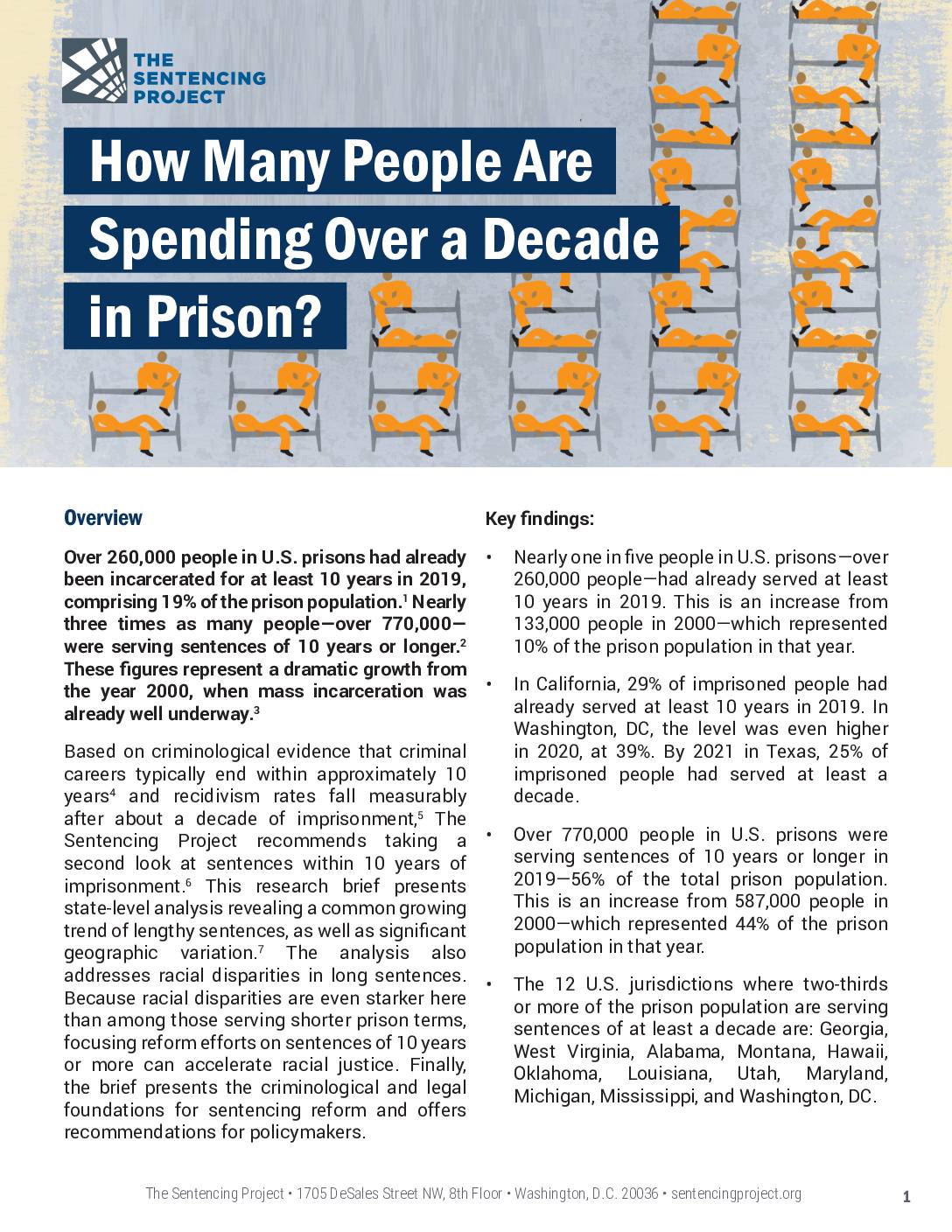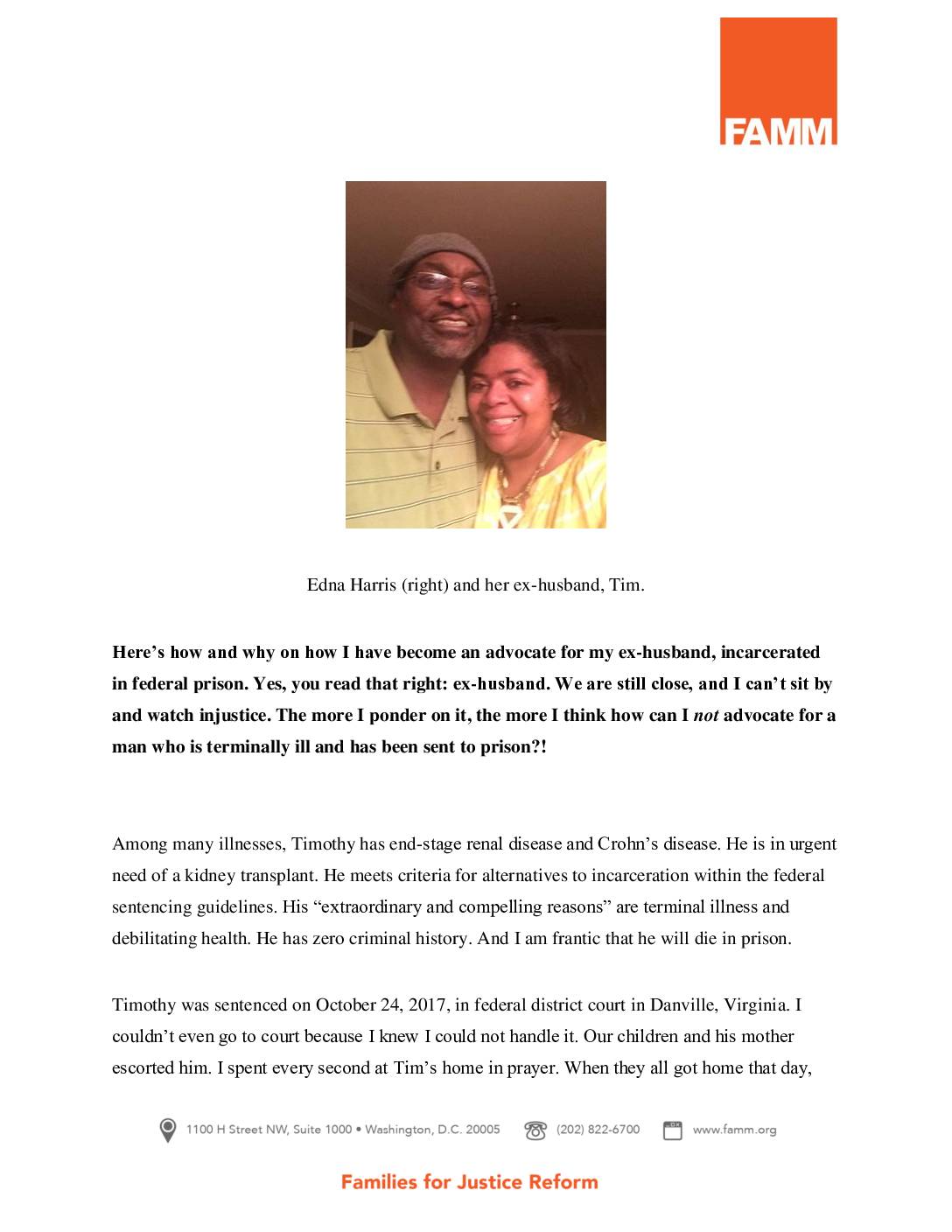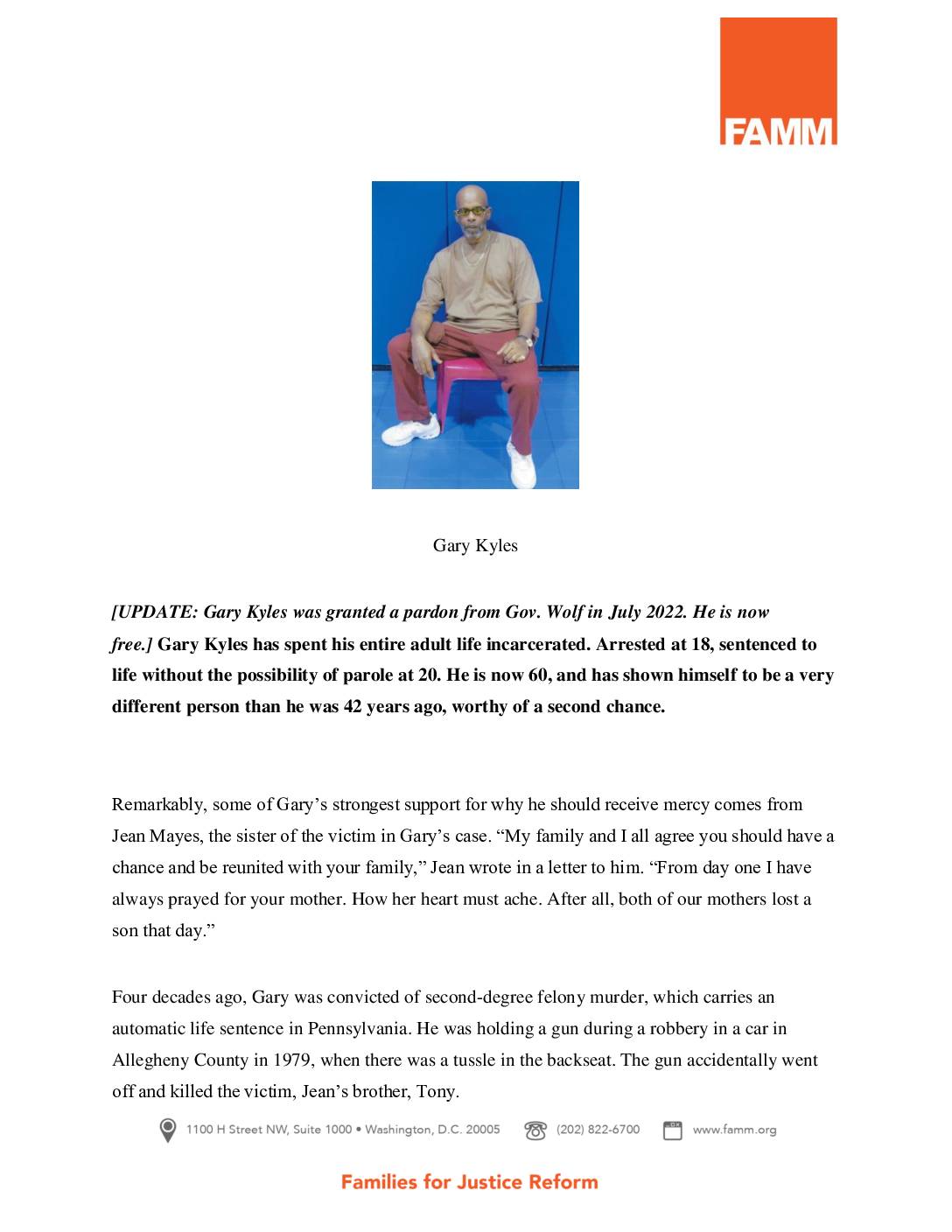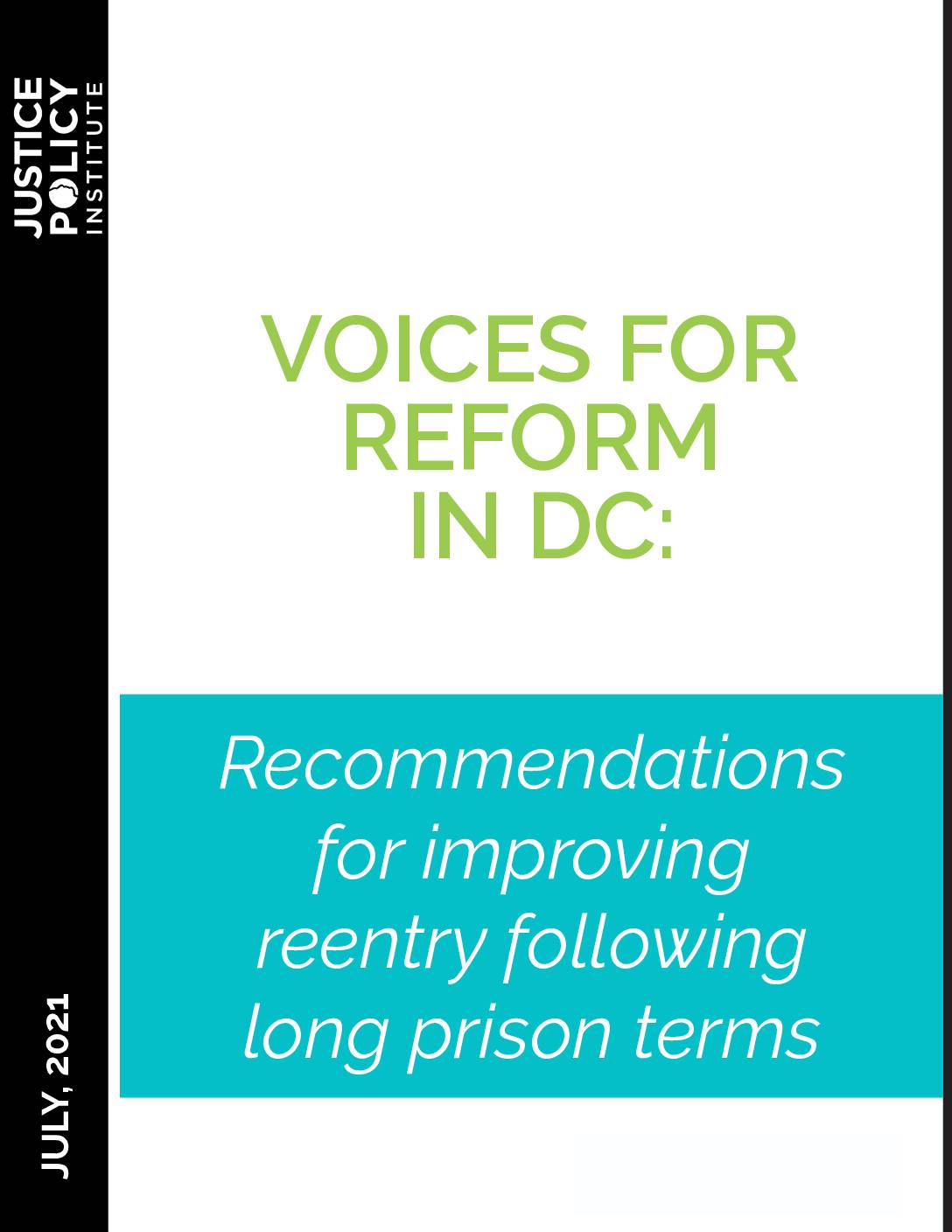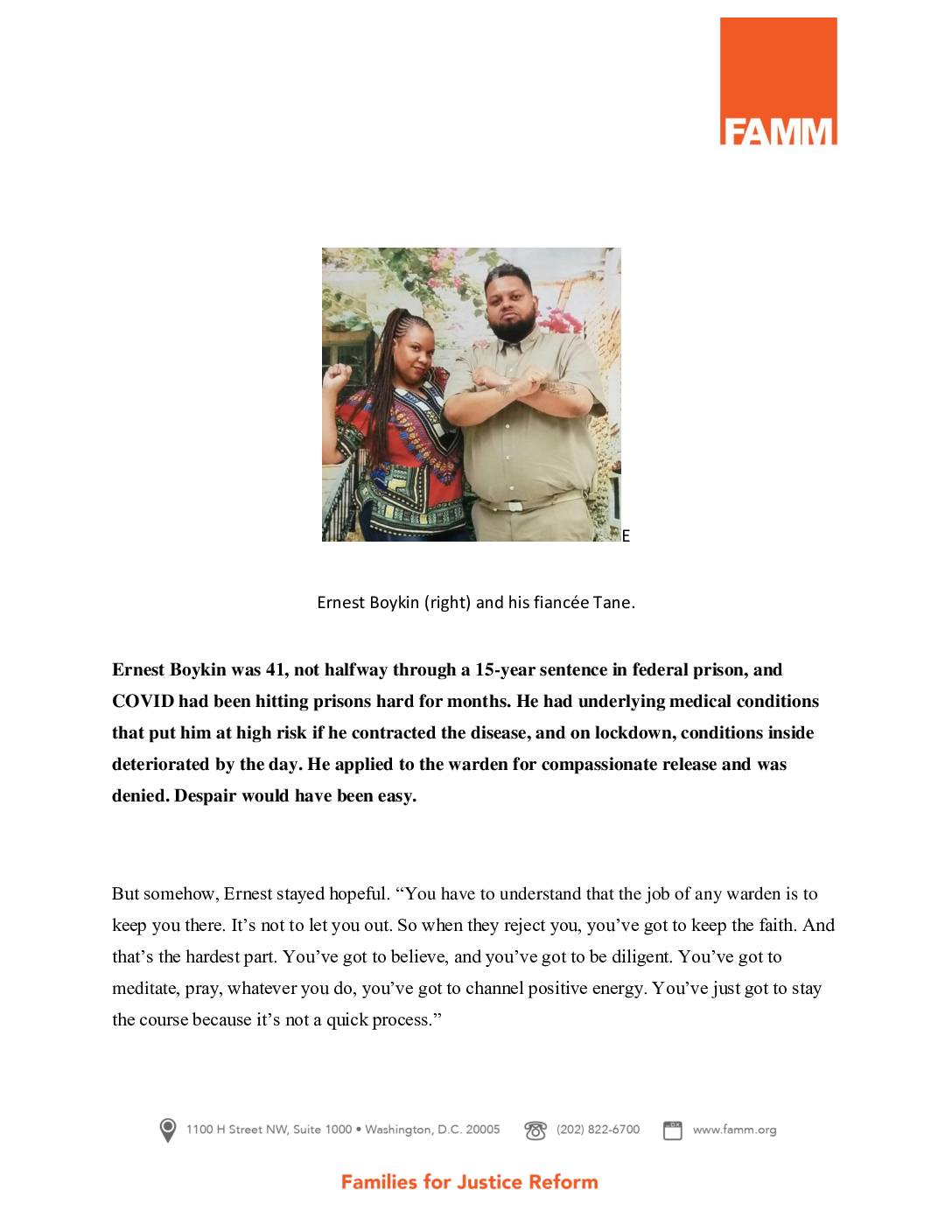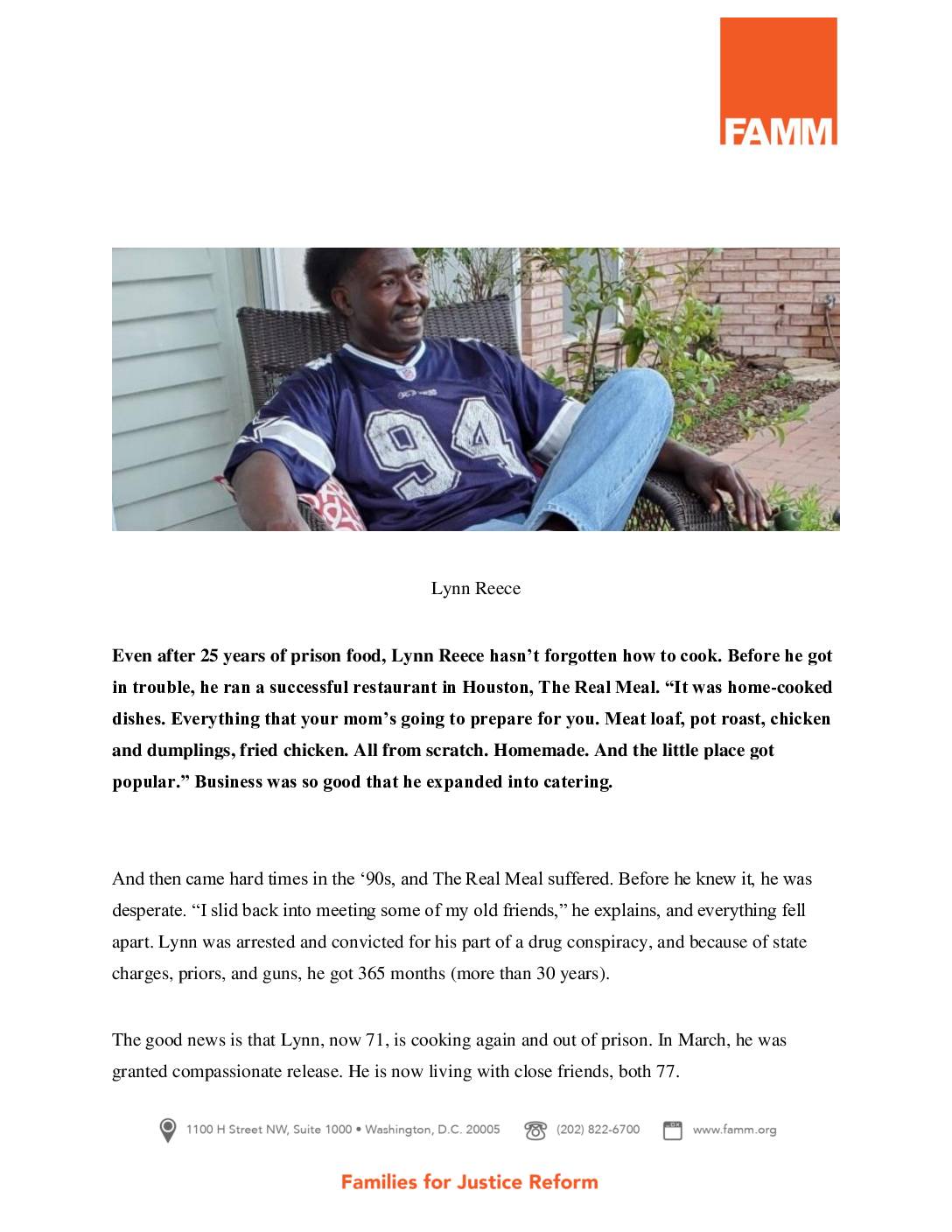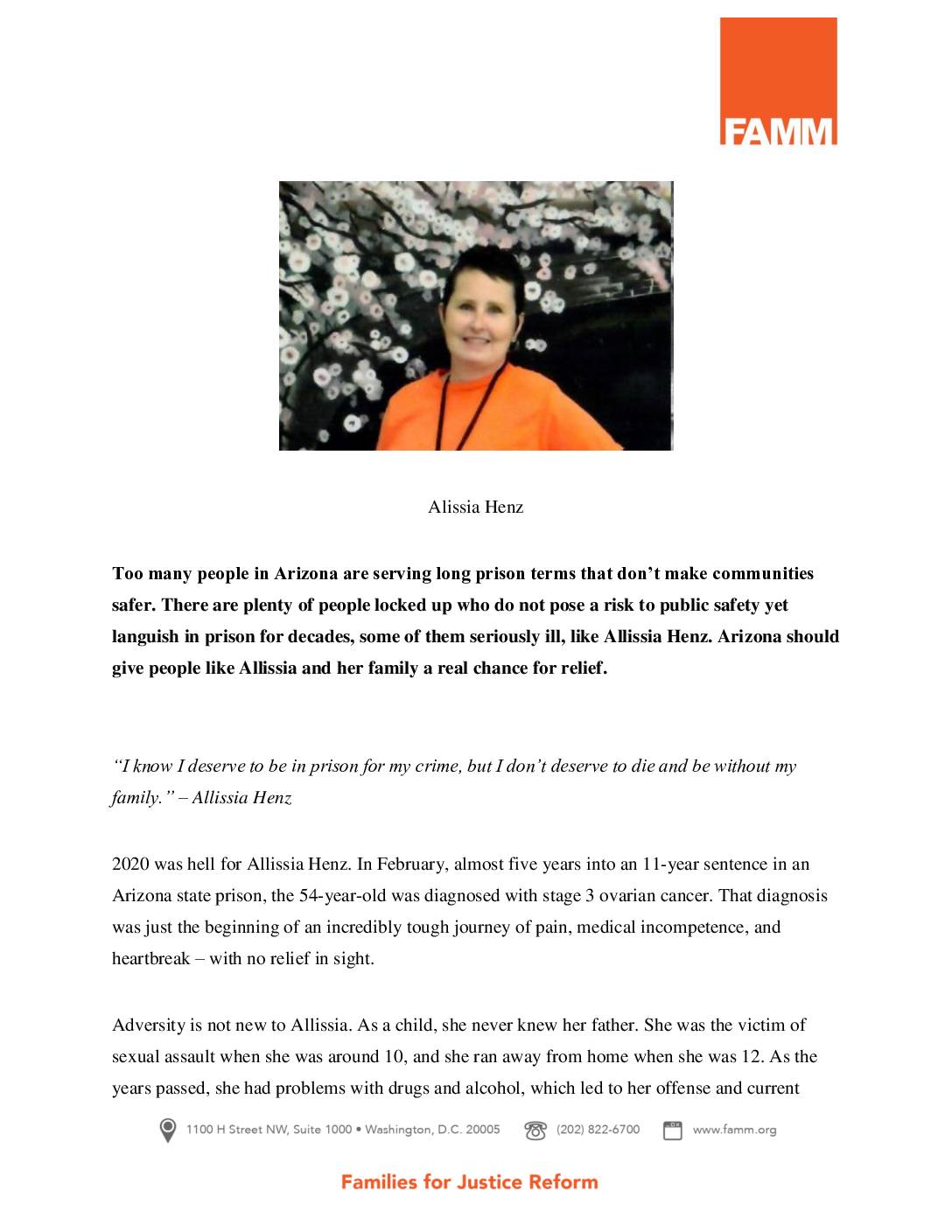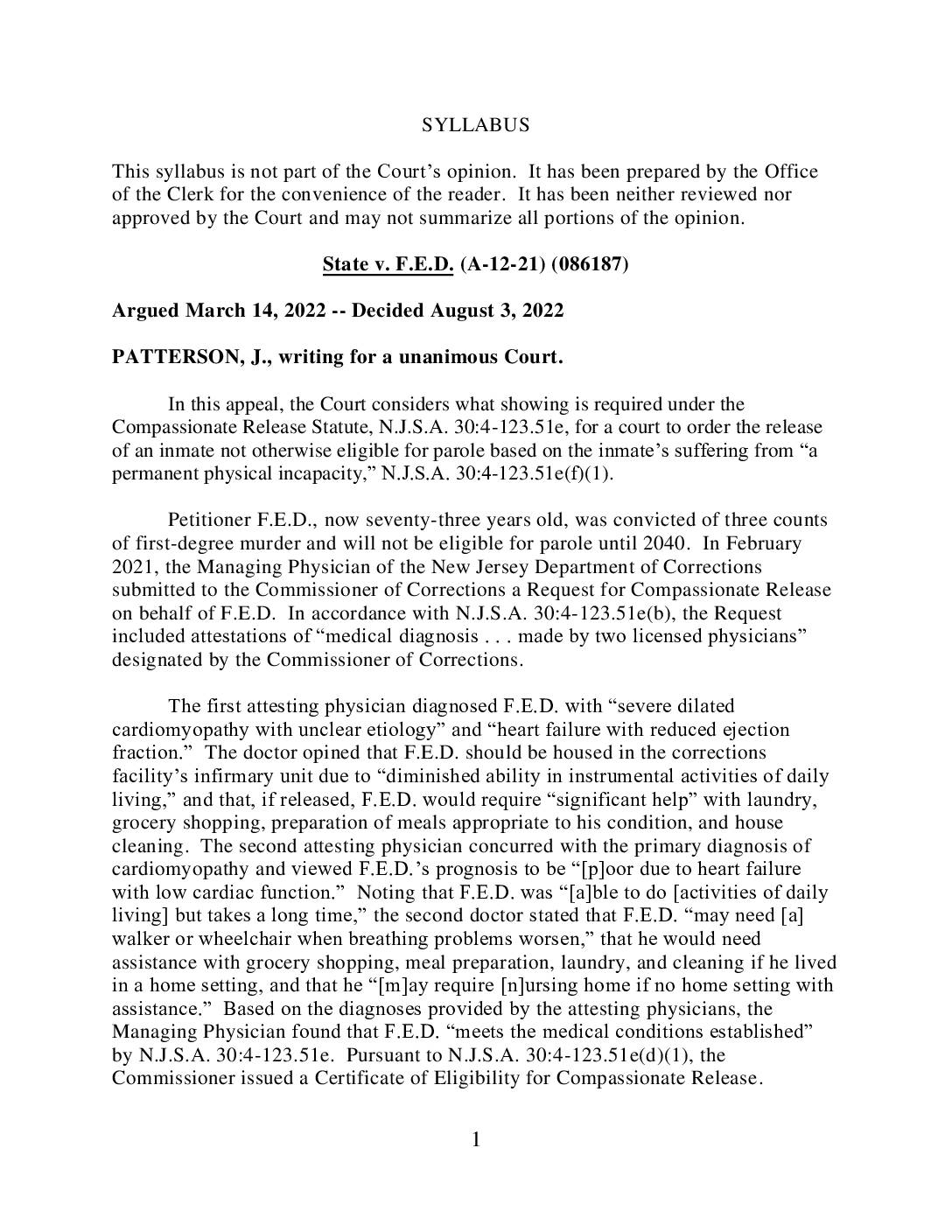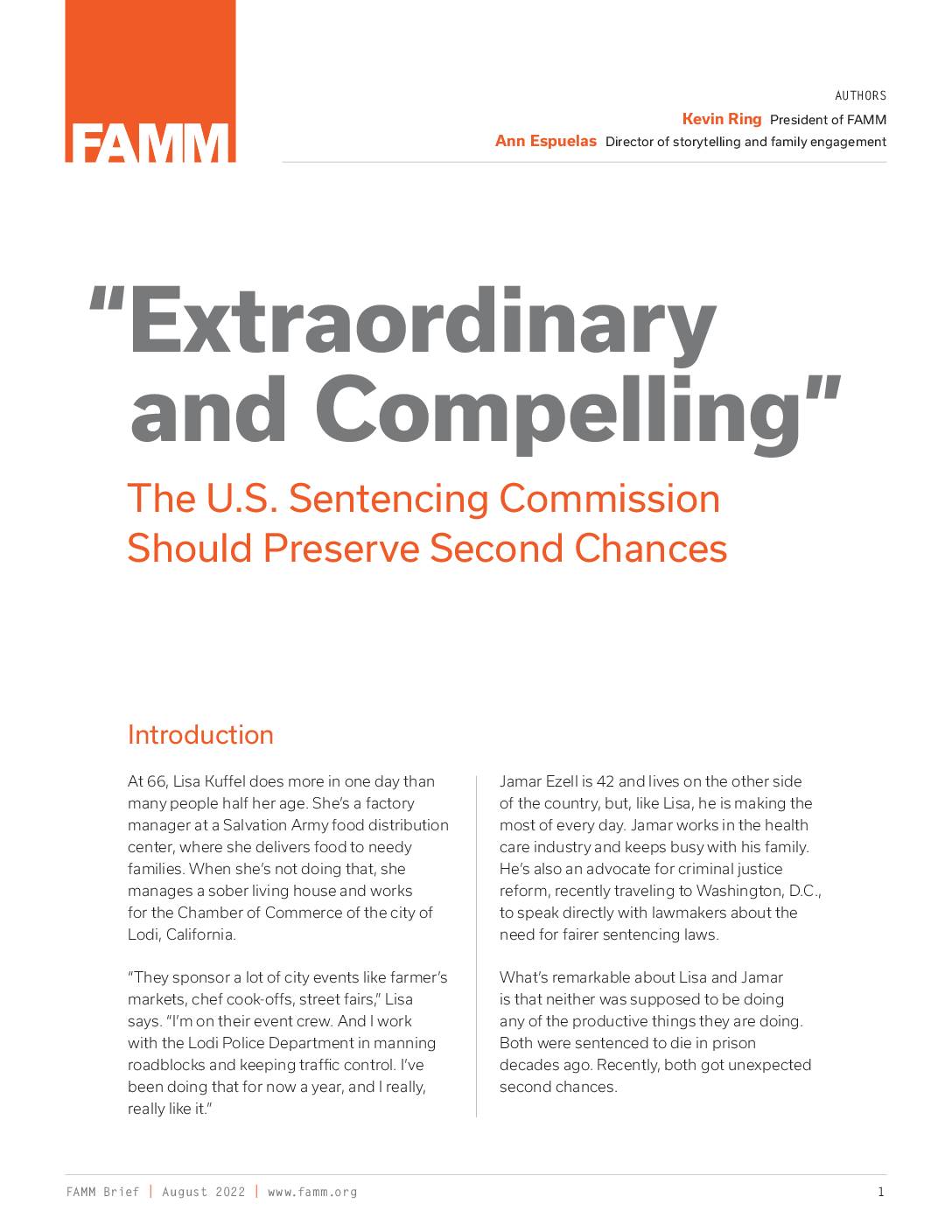PDF How Many People Are Spending Over a Decade in Prison?
The Sentencing Project’s extensive analysis of the hundreds of thousands of Americans serving 10 or more years behind bars. The report finds that in 2019, over half of the people in U.S. prisons – amounting to more than 770,000 people – were serving sentences of 10 years or longer. That’s a huge jump from 2000, when 587,000 people were serving such sentences.
Other key findings of the report include:
- In 2019, nearly one in five people in U.S. prisons – over 260,000 people – had already served at least 10 years. Back in 2000, just 133,000 people had served 10+ years.
- In 12 jurisdictions, two-thirds or more of the prison population were serving sentences of at least a decade – including Georgia, Louisiana, Maryland, and Washington, D.C.
- Racial disparities are stark among those serving longer sentences. In 2019, Black Americans represented 14 percent of the total U.S. population, 33 percent of the total prison population, and 46 percent of the prison population who had already served at least 10 years.
An abundance of criminological evidence shows that criminal careers typically end within about 10 years, after which recidivism rates fall measurably.
Drawing on this research, the report makes a case for pragmatic and humane reforms, including giving incarcerated people the chance to have their sentence re-evaluated within 10 years. Importantly, this does not mean every person would be resentenced; it simply means people would have the opportunity to make their case before a court. In line with this reasoning, the American Bar Association – the largest voluntary association of lawyers in the world – has passed a resolution recommending that people receive precisely such resentencing opportunities.
Extreme sentences are so common in America that 10 years behind bars can seem like a relatively short imprisonment. But it’s an incredibly long period of time – one in which people can experience profound change. After a decade of imprisonment, many incarcerated people mature, take accountability for their actions, and acquire skills to support their successful re-entry. Unfortunately, people with excessive sentences are rarely given an opportunity to show how they have changed and have their sentences re-evaluated. That’s a major flaw in our legal system.


